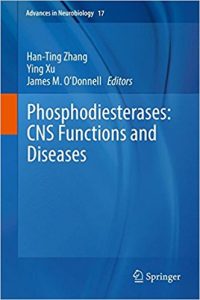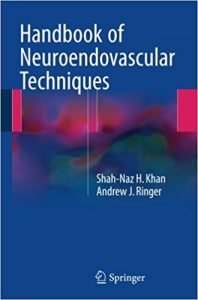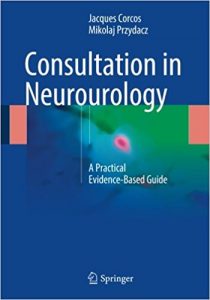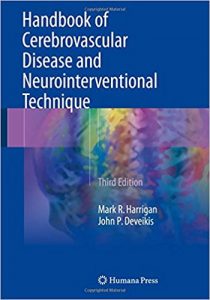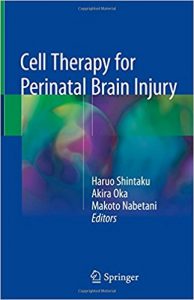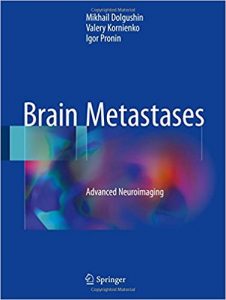
This book describes the role of advanced neuroimaging techniques in characterizing the changes in tissue structure in patients with brain metastases. On a large number of newly recognized CT, MRI, and PET characteristics of brain metastases from different primary tumors are highlighted, thereby elucidating the potential differential diagnostic role of CT perfusion imaging, MR spectroscopy, MR diffusion-weighted imaging, MR susceptibility-weighted imaging, and PET with different radiopharmaceuticals. For example, the different manifestations of metastases of melanoma, renal cell carcinoma, and ovarian cancer on MRI and CT perfusion imaging are described, and the role of MR susceptibility-weighted imaging in the differential diagnosis of glioblastoma multiforme and metastatic tumors is clarified. Metastases of colon cancer have shown a special manifestation on T2 weighted images. The book also presents novel findings regarding pathogenesis and tumor biology and describes qualitative and quantitative changes in tumor tissue and alterations in brain white matter due to surrounding tumor growth.
Neuroradiologists and others, including neurosurgeons, neurologists, and nuclear medicine physicians, will find that this book offers a fascinating insight into the ways in which newly available data on structural, hemodynamic, and metabolic changes are enriching the neuroimaging of brain metastases.
DOWNLOAD THIS BOOK FREE HERE
https://upsto.re/3AzBWbR



